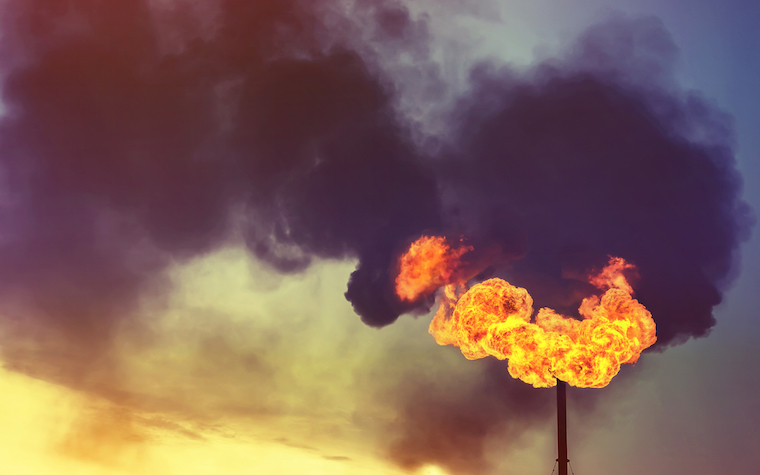A report that shows how emissions are produced by oil and natural gas has been released by the New Mexico Methane Advisory Board.
This advisory panel was created to draft rules to regulate and help reduce methane emissions across the state. This group is made up of more than two dozen oil and gas experts and includes industry representatives and environmental lawyers.
New Mexico Environment Secretary James Kenney says of the 300-page report, “This is exactly the baseline information we need to effectively tackle methane emissions in our state.”
The report highlights strategies to reduce emissions, including switching to no- or low-bleed pneumatic controllers and improving leak detecting equipment. New infrastructure could also have an impact on venting and flaring.
Gov. Michelle Lujan Grisham issued an executive order to "jointly develop a statewide, enforceable regulatory framework to secure reductions in the oil and gas sector methane emissions and to prevent waste from new and existing sources and enact such rules as soon as practicable."
Environmentalists have been pressing for more regulation for both methane leaks and flaring and venting. According to the Department of Energy, "Natural gas flaring is defined as the controlled combustion of natural gas for operational, safety, or economic reasons. Venting is the direct release of natural gas into the atmosphere."
Methane is the main component of natural gas. Left unchecked, the boom in New Mexico's oil and gas industry could result in pollution that harms the public's health. Oil and gas emissions contribute to poor air quality according to the Environmental Defense Fund. This can cause respiratory illness and other chronic health problems, particularly for children and the elderly.
Waste also results in a loss of natural gas revenue for the state.
The industry seems to be headed down the right path. A recent report shows that both New Mexico and Texas declined in methane emissions as production increased.


 Alerts Sign-up
Alerts Sign-up